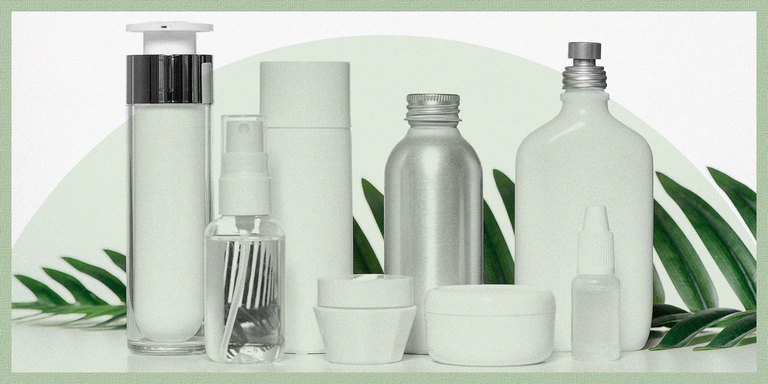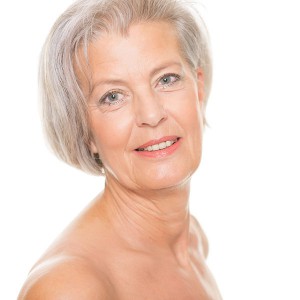Biafine cream is used by a vast percent of French people and it’s increasing in popularity around the globe for its unique properties. Biafine’s manufacturers state it has non-toxic ingredients and thus it is okay for use by people of all ages. It is in a cream emulsion form, and its manufacturers say it can be used daily without adverse reactions. Thus, almost anyone can use Biafine except in rare cases noted below.
Users of Biafine fall into a few categories
Individuals with severe burns use Biafine in hospitals, by applying up to an inch of the cream on severely burned areas, and then bandaging the area with standard dressings. The dressings are changed in typical fashion and frequency with noteworthy results.
On the other end of the spectrum users also are typical sunburn sufferers spanning from the French Riviera, to Australia, to Florida. The product is featured in fashion editorials about must-have products from France frequently and in testimonials from models and celebrities jet-setting the globe.
Other users include people who have had laser peels during facials which can leave skin quite raw. Biafine is popular thus among cosmetic- and plastic-surgery patients treating large areas, and also wishing to minimize scarring from incisions such as after breast-augmentation surgery. (Another reason perhaps for its popularity among the jet-set in addition to average people.)
Cancer patients make up the third distinct user-group, due to the popularity of Biafine after chemotherapy. The number of individuals searching for post-radiation burn treatments online is staggering and indicative of the prevalence of cancer as a whole in society, unfortunately.
Studies exist regarding the efficacy of Biafine for chemo patients and in 2006 the United States’ Food & Drug Administration approved Biafine. The product has been used in France for more than 25 years and can be found in most medicine cabinets in homes similar to products like Vaseline® in the States. (It is available over the counter.)
Biafine cream is a topical non-steroidal medication also used to treat scrapes. It has an herbal base which hydrates skin tissue, heals tissue, and promotes anti-bacterial processes for less contamination.
Because Biafine is water-based, it can easily penetrate skin to hydrate the layers below it. Plus, it is an emollient which means that it can soften scar-tissue and dead ‘superficial’ tissue. In technical terms, Biafine increases a process called ‘autolytic debridement’, by way of increased macrophage recruitment to wounds. The net result is less need for surgically removed dead tissue.
In essence, when used properly, Biafine creates an ideal moist environment for healing superficial wounds, dermal ulcers, donor sites, radiation dermatitis, 1st and 2nd degree burns, minor abrasions, and one former Miss America claims she even uses it nightly as a mask simply for turning back the clocks on wrinkles. It’s quite the broad spectrum due to its effectiveness and general safeness.



